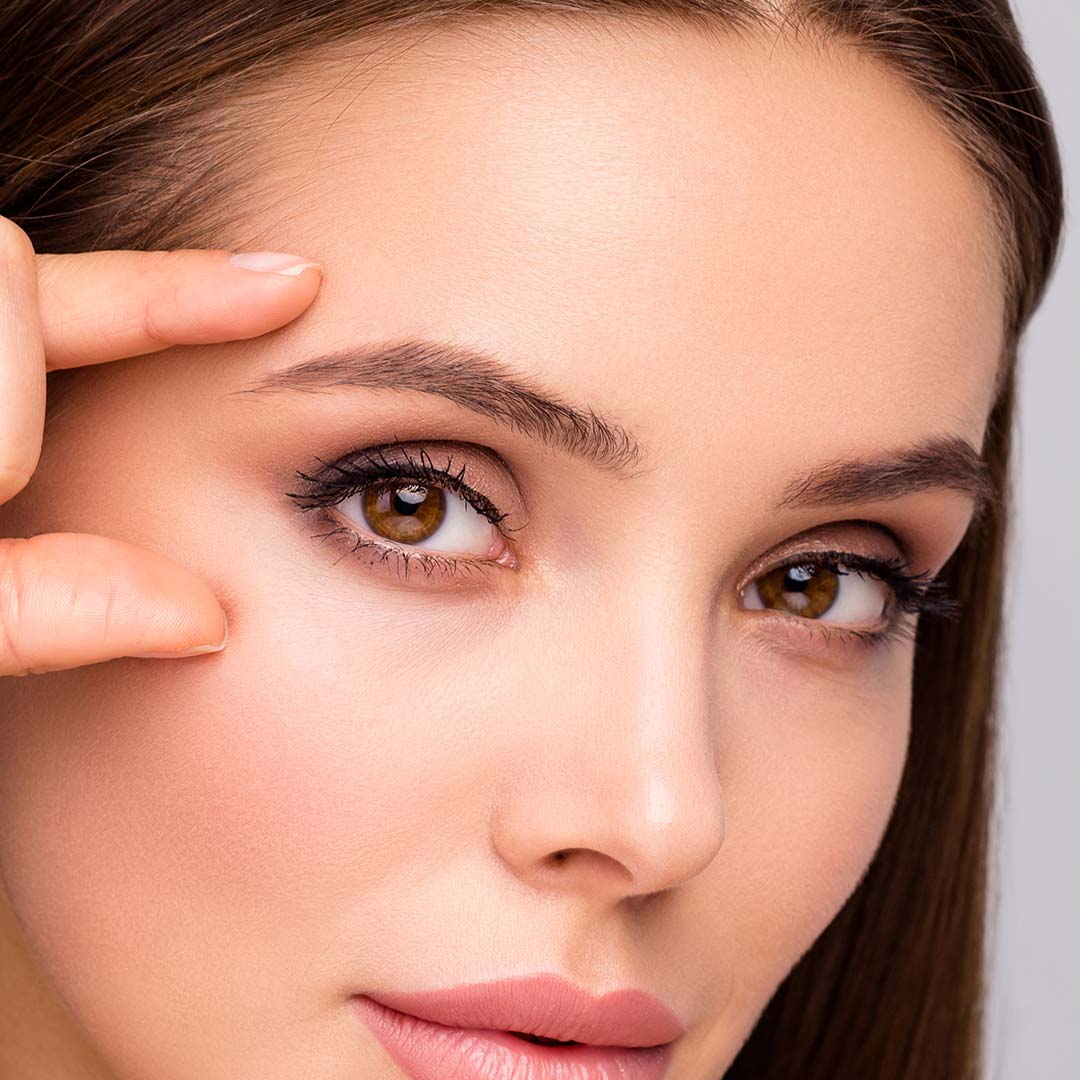Eyebrow Transplantation
Eyebrow transplantation is a cosmetic procedure that involves transplanting hair follicles from one part of the body, usually the back of the scalp, to the eyebrow area.

How Does the Eyebrow Transplantation Process Work?
The eyebrow transplant procedure typically includes the following steps:
Consultation: The first step in the eyebrow transplant process is to schedule a consultation with a qualified plastic surgeon or dermatologist. During the consultation, the doctor will assess your eyebrows and discuss your goals and expectations for the procedure.
Harvesting Donor Hair: Once the doctor determines that you are a suitable candidate for eyebrow transplantation, hair follicles will be extracted from the back of your scalp using a specialized tool called a punch biopsy. The hair follicles are carefully removed one by one to avoid damaging the surrounding tissue.
Preparation of the Eyebrow Area: The eyebrow area needs to be prepared before the hair follicles are transplanted. This typically involves cleaning and numbing the area to minimize discomfort during the procedure.
Hair Follicle Transplantation: The harvested hair follicles are then transplanted to the eyebrow area using a small needle or scalpel. The doctor will carefully place each hair follicle in the desired position and direction to achieve a natural look.
Eyebrow Transplant Aftercare: After the transplantation is complete, you will be provided with instructions on how to care for your new eyebrows as they heal. This may include avoiding touching or rubbing the area, applying an ointment or moisturizer, and refraining from strenuous activities for a period.
The entire eyebrow transplantation procedure can take several hours, depending on the extent of the procedure. While the recovery time can vary, most patients can return to their normal activities within one to two weeks.
It’s important to note that like any surgical procedure, eyebrow transplantation carries some potential risks and complications, including infection, scarring, and irregular or abnormal results. To minimize these risks, it’s crucial to choose a qualified and experienced plastic surgeon or dermatologist who specializes in eyebrow transplantation.
How Is Eyebrow Transplantation Done?
Eyebrow transplantation starts by taking hair follicles from the back of the head, which is the donor area and these hair follicles get soaked in a special solution to prevent any hair loss. The extracted follicles are then transplanted one by one into the eyebrows at precise angles and shapes. Eyebrow transplantation is one of the most accurate methods for achieving permanent and natural-looking eyebrows, tailored to the patient’s facial shape and preferences.
Since eyebrows are a prominent facial feature, the process is done very carefully, considering the face’s shape and patient’s wants.
What to Consider After Eyebrow Transplantation?
After the transplantation, the eyebrow area may experience slight redness and flaking. One of the most important points to consider after getting an eyebrow transplant is not to try to remove these flakes by hand. On the first day, you should avoid contact with water and protect against any impact. In the initial days after the procedure, the transplanted eyebrows are delicate and prone to shedding, so it’s essential to handle them with care.
After the first transplant, your eyebrows may appear sparse, but they will become thicker and more natural-looking over time. It may take some time for the eyebrows to fully take shape. Within three months, new eyebrows will begin to grow, and within eight months, you can achieve the desired natural and dense eyebrows. During this process, it’s crucial to follow your specialist’s instructions for eyebrow care.
Eyebrow Transplant Aftercare
After a eyebrow transplant operation, some redness and scabbing may occur due to the channels opened during the procedure. These typically last for about 3 days and then gradually improve. During this period, it’s important to avoid any impact that could damage the scabs, so you should be careful with your skin. Staying at home for a few days after the procedure is ideal to prevent bacteria from coming into contact with the opened channels.
It’s important to pay attention to the ingredients of the products you use for eyebrow care. Chemical products can make your eyebrow coarse and sparse. You can use the products recommended by our experts. Additionally, you can support the growth of your eyebrow by using natural care oils alongside your eyebrow care lotion.
Is Eyebrow Transplantation Painful?
Local anesthesia is used during the procedure, making patients feel minimal discomfort and allowing them to undergo the eyebrow transplantation procedure comfortably.
Which one is better: eyebrow transplant vs microblading?
Microblading is a tattooing technique that is used to reshape eyebrows and create a more even and thicker eyebrow look. Unlike eyebrow transplant, microblading is not a permanent solution and it can only offer a short-term solution compared to eyebrow transplant.If you are looking for a long-term solution with a more natural look, eyebrow transplant is a better choice.





















